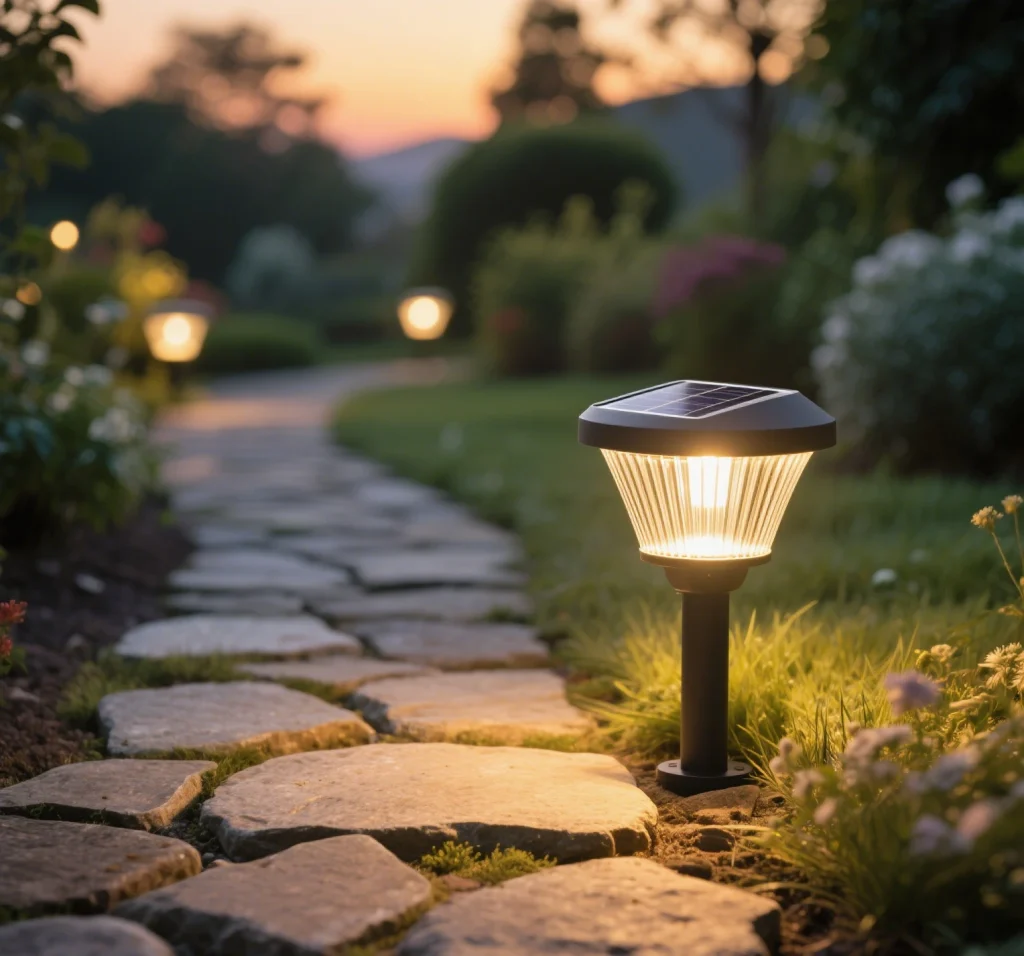In the United States, solar street lights are gaining traction as a sustainable and cost-effective lighting solution. Unlike traditional street lighting, solar-powered options require no large-scale power infrastructure, reducing installation and operational costs. They are particularly valuable in remote areas, urban parks, and suburban streets, aligning with America’s push for environmental energy solutions. By harnessing solar power, these lights contribute to energy savings and support the nation’s clean energy goals. This article explores the factors influencing U.S. solar street light prices, their benefits, and key considerations for buyers.

Why Solar Street Lights Are Popular in the U.S.
The U.S. has seen a surge in demand for solar street lights due to their environmental and economic advantages. Federal and state incentives, such as the Investment Tax Credit (ITC), make solar installations more affordable. Additionally, solar lights eliminate the need for extensive electrical grid connections, saving municipalities and businesses significant management and maintenance costs. From rural highways to city parks, these lights are versatile, offering reliable illumination without reliance on fossil fuels. Bitpott, a leading provider, has capitalized on this trend by offering high-quality, customizable solar lighting solutions tailored to American needs.
Factors Influencing Solar Street Light Prices
The price of solar street lights in the U.S. varies widely based on configuration and components. Below are the key factors determining costs:
- Component Quality: High-efficiency solar panels use tempered glass with high optical transmittance to maximize photovoltaic conversion. Bitpott employs advanced materials like low-iron tempered glass and anti-aging EVA encapsulation, ensuring durability and performance in diverse climates, from California’s deserts to New York’s winters.
- System Configuration: A complete solar street light system includes solar panels, batteries, LED light sources, controllers, and lamp poles. Prices range from $800 to $10,000, depending on specifications. For instance, systems with 20W to 100W LEDs, 3- to 20-meter poles, and 1- to 12-hour lighting durations cater to various needs. Higher wattage and longer poles increase costs but enhance coverage.
- Installation and Design: Solar street lights are easy to install, requiring no trenching or wiring, which reduces solar street light installation costs. Their intelligent controllers and international-brand accessories ensure reliability and longevity, minimizing maintenance. Bitpott’s systems, for example, feature smart designs that withstand harsh weather, making them ideal for coastal and inland U.S. regions.
- Material Durability: Components like monocrystalline or polycrystalline silicon panels, combined with weather-resistant TPT composite films, ensure high mechanical strength and light transmittance. These materials are critical for long-term performance in America’s varied climates, from humid Florida to snowy Minnesota.

Economic and Environmental Benefits
Solar street lights offer significant energy-saving benefits in the U.S. By eliminating electricity bills, municipalities can redirect funds to other public services. For example, a single 50W solar street light can save approximately 180 kWh annually, reducing carbon emissions by about 120 pounds per light. In rural areas, where grid access is limited, solar lights provide a cost-effective alternative, enhancing safety and accessibility. Moreover, their low maintenance requirements—owing to durable batteries and LED light sources—make them a long-term investment.
Considerations for Buyers
When evaluating U.S. solar street light prices, buyers should consider:
- Customization Needs: Tailor configurations to specific lighting requirements, such as brightness or operating hours, to optimize costs.
- Local Regulations: Some states offer rebates or tax credits, reducing upfront expenses.
- Climate Compatibility: Ensure components are suited for local weather conditions to maximize lifespan.
- Warranty and Support: Choose reputable suppliers with strong after-sales service to ensure system reliability.
Future Outlook
The U.S. solar street light market is poised for growth, driven by increasing urbanization and environmental awareness. Innovations in solar panel efficiency and battery technology will further lower costs, making solar lighting accessible to more communities. As states like California and Texas lead in renewable energy adoption, solar street lights will play a pivotal role in sustainable infrastructure.
Conclusion
Solar street lights are transforming U.S. lighting with their affordability, sustainability, and versatility. By understanding the factors behind solar street light prices—from component quality to installation ease—buyers can make informed decisions. With ongoing advancements and supportive policies, these systems will continue to illuminate America’s streets while advancing its clean energy future.


Leave a Reply